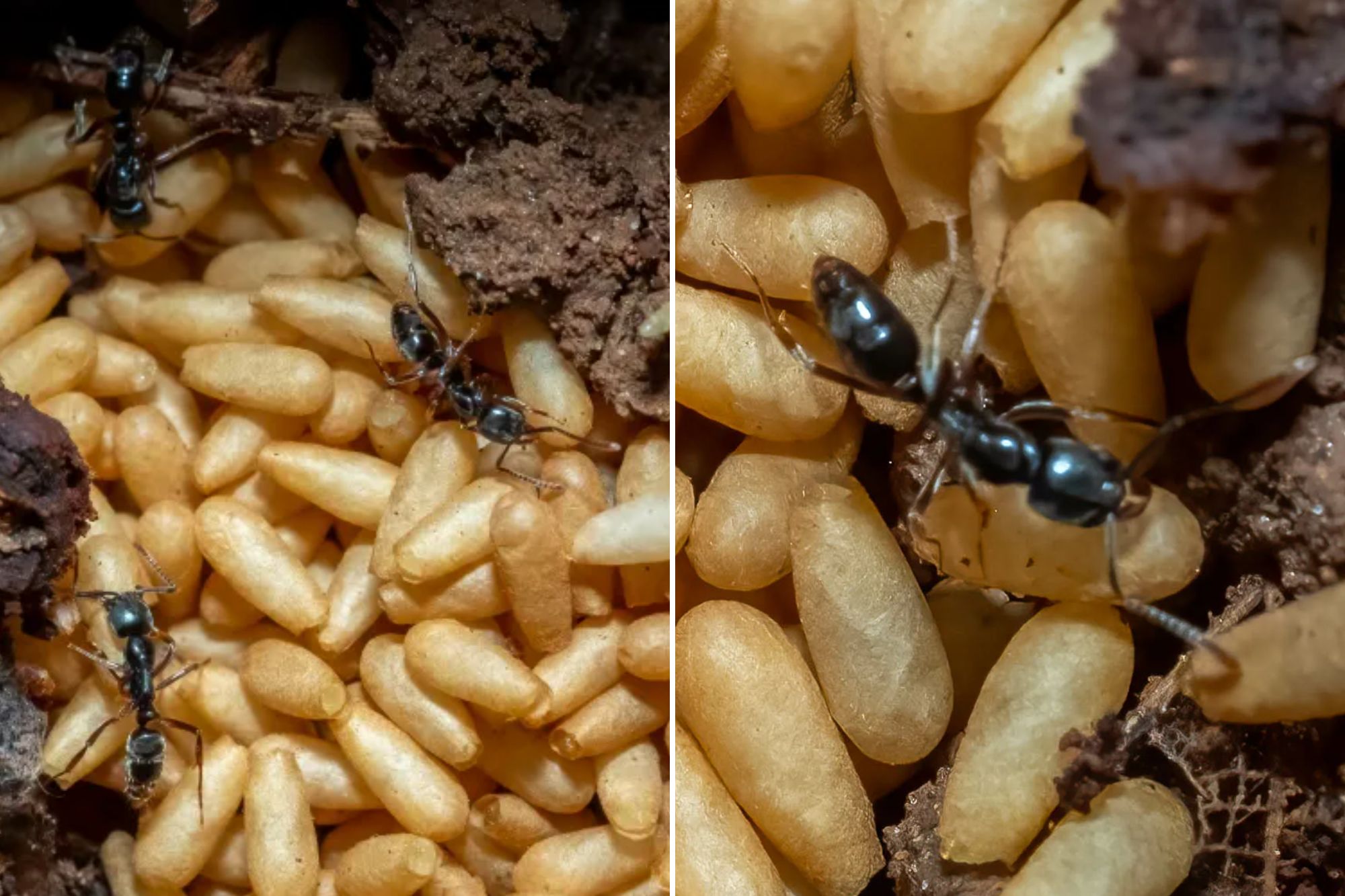
Lanternfly polluted may be the least of your concerns this summer.
Experts are sounding the alarm for the Asian needle ant – a small but dangerous insect that moves through the US, whose blow can lead to severe and even deadly reactions.
As Americans accumulate outside to soak the sun, scientists are looking for care so that your summer entertainment does not end with a trip to the emergency room.
What are Asian needle ants?
Known to scientists like Brachyponera Chinensis, Asian needle ants greeted from China, Japan and Korea. It was first observed in the United States in the 1930s, according to a US Forest Service report (USFS).
These ants are small – about 0.2 inches long – with dark dark brown on black bodies. They are often mistaken for other species, making them easy to lose.
Where are they now?
Asian needle ants have appeared in 20 countries so far, mainly northeast and southeast, but reports have entered with Wisconsin, Arkansas and Washington, according to Antmaps.org.
These pests can survive the cooler weather and begin to appear in March, but their numbers peak in June and July.
Asian needle ants are often found in moist, shady areas, such as leaf litter, under rocks and within dead logs. They can also nest on plants in vases, under wooden clusters and in lawns.
“People usually don’t notice them,” he told Dan Suiter University, a professor of urban entomology at the University of George.
“Unlike, to say, fire ants, which build a mound, Asian needle ant does not create forage paths – those lines of ants you can see.”
Why are they dangerous?
Asian needles ants are not as aggressive as fire ants and usually escape from humans. But when worrying-like if you reach the mulch or their wooden clumps-they will get into self-defense.
And it stting packs a handful.
“Imagine someone who inserts a needle directly into your flesh,” told Benoit Guénard, a professor of ecology and entomology at the University of Hong Kong who studied ants in North Carolina for USA Today.
“It’s a very sharp, acute pain, but it’s quite local,” he added.
To make things worse, the pain can come and go to the waves.
“The first, initial pain lasted a few seconds. Then about five minutes later, when the pain was relieved, I felt ‘Ouch!” If someone had prevented me in the same place, “Guénard said.
“For me, it goes on for about two hours … But I know in some people that lasts up to 24 to 48 hours.”
Victims can also develop skin reactions such as hives, itching and red or pale skin.
In more serious cases, shocks can cause nausea, vomiting, dizziness, a rapid pulse, swelling of the tongue or throat, difficulty breathing and even psychological symptoms, as a feeling of close punishment.
The biggest threat is anaphylaxis, a potentially life -threatening allergic reaction that can hit within seconds of stagnation.
A study by the local range of ants found that 2.1% of stuck people suffered severe, potentially life -threatening reactions. Experts say those with allergies to other insect shocks are particularly vulnerable.
Only in Georgia, Suiter received three calls last year about the anaphylactic shock after strokes from Asian needle ants.
“I fully expect some people ending up in the emergency room were prevented by them, but they didn’t understand it,” he told Scientific American.
“If you suffer from anaphylaxis, you should really know what this ant looks like,” he warned. “And it can be awake to keep an epipen.”
USFS requires someone to experience an allergic reaction to seek immediate medical care.
#strictly #potently #deadly #insect #spreads
Image Source : nypost.com